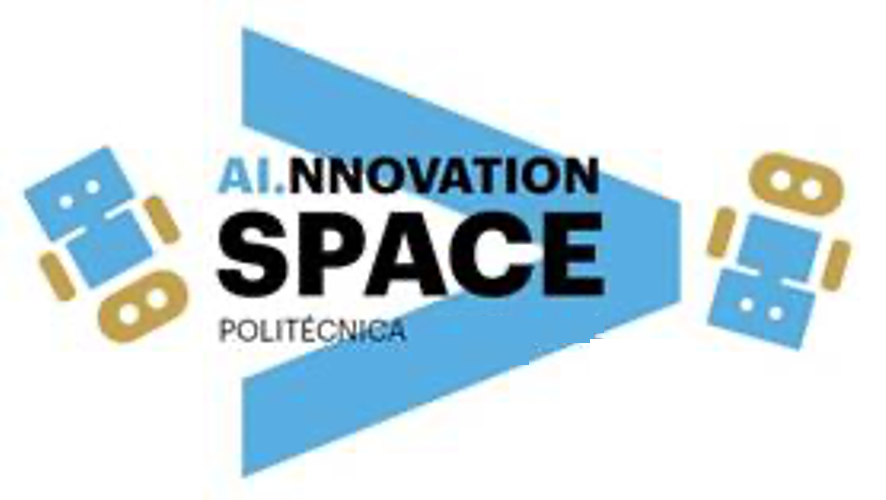Defensa del Trabajo Fin de Máster:
Título: Navegación autónoma en entornos de interior basada en mapas topológicos visuales con técnicas de transformaciones reductoras en subespacios ( PCA y LDA)
Alumno: Pablo Trullos
Turor: Darío Maravall Gómez Allende
Fecha y lugar de la lectura: Sala de reuniones de la 2ª planta del DIA (miércoles 4 de julio a las 16,00 horas)
Español

